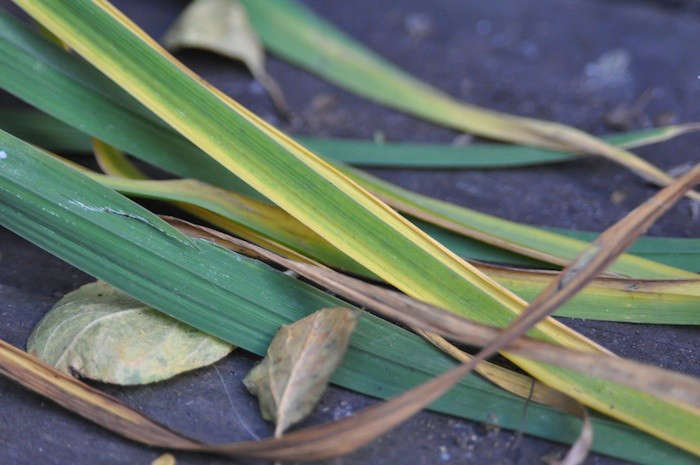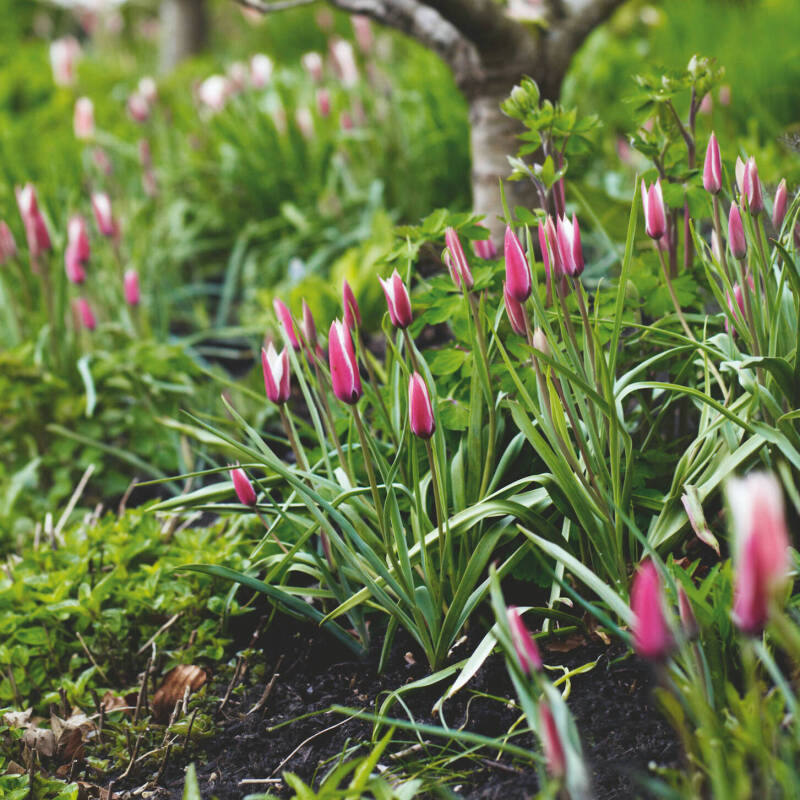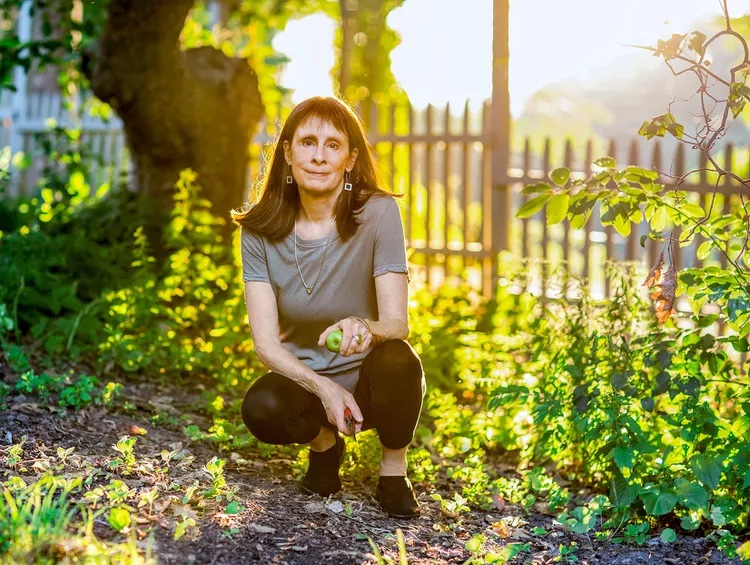You think I would know better, but even after years of growing a variety of bulbs, I learned that I have been committing a bulb-gardening atrocity: getting rid of the foliage as soon as the blooms have disappeared. Little did I know that leaving the leaves to turn brown was a key to next year’s blooming success. It is no wonder my blooms never seemed very vibrant after the first season.
Bulb foliage doesn’t only provide a green backdrop to the blooms. The leaves absorb energy from the sun and turn it into nutrients that provide the bulb with food to flower next year. After blooming is done, the green nutrients from the leaves make their way down into the bulb for storage and to set new buds.
Above: This fall I am looking the other direction and leaving (breathe) my browning summer bulb foliage to do its job. Photograph by Janet Hall.
How long does this process take? A good rule of thumb is eight weeks. But, after the leaves are brown, that is a cue that there is no more food in the leaves and you can tidy up your beds.
Tidy gardeners may be inclined to tie their unkempt bulb leaves into bundles. Resist the urge. The leaves need maximum exposure to sunlight to be able to photosynthesize. Tying them up keeps light out.
Here’s a solution to camouflage the withering foliage: plant bulbs with perennial companion plants. After the blooms drop, the fading foliage will be masked by the abundance of the other plants.
Just getting started or need a refresher? See Michelle’s How to Plant a Bulb.









Have a Question or Comment About This Post?
Join the conversation